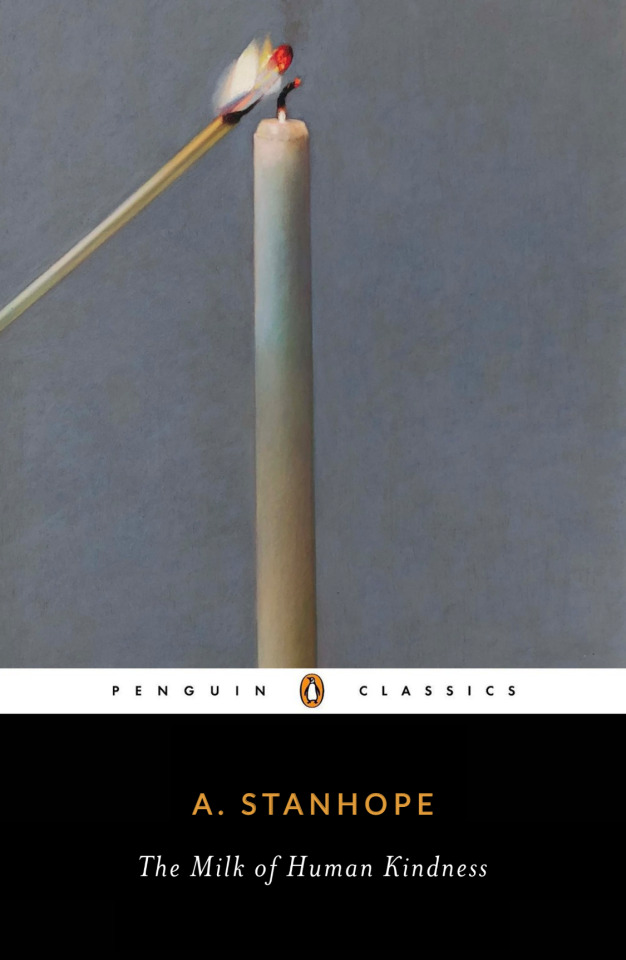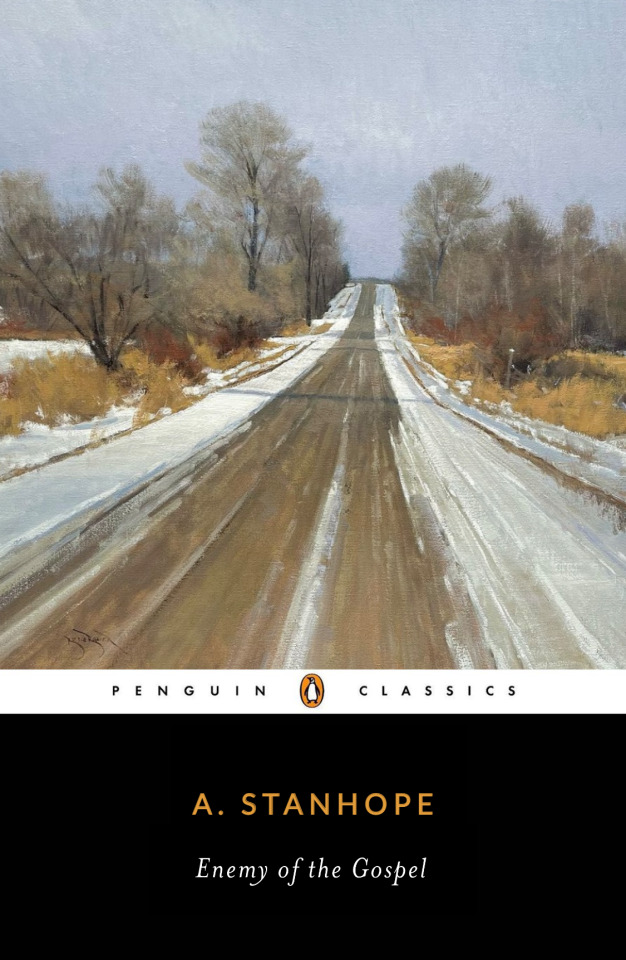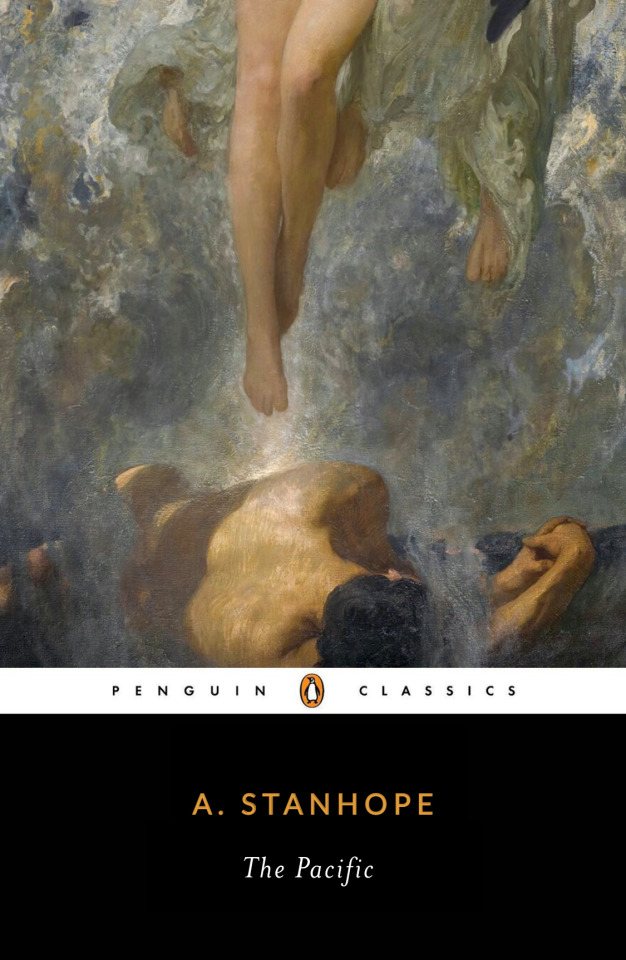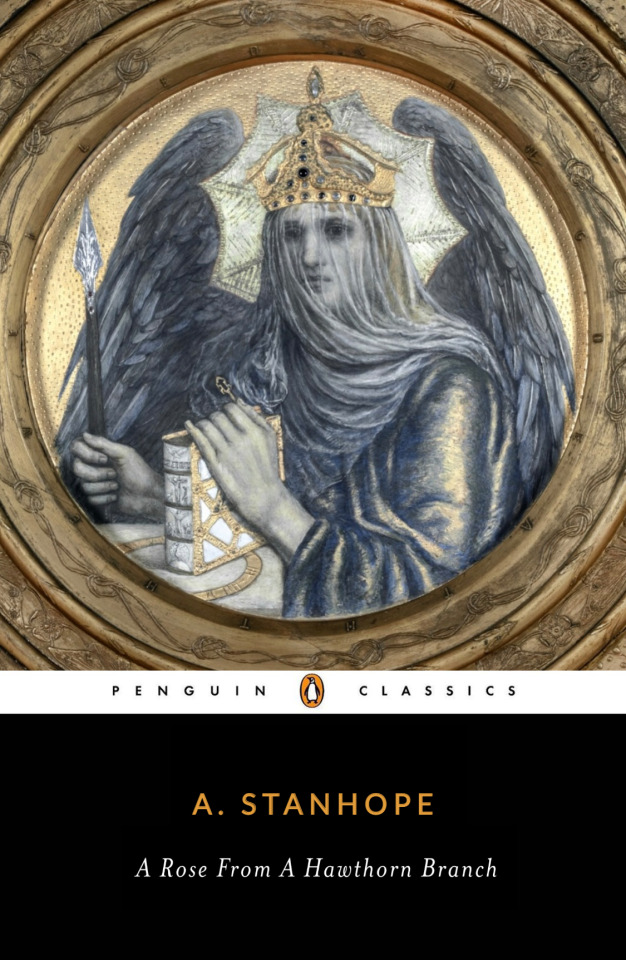#Anne Stanhope
Explore tagged Tumblr posts
Text
SIX THE MUSICAL - BOARDINGSCHOOL!AU: illustration

Cathy's best frenemy (Cathy vs Hope)
#dw hope doesn't say slurs#they're like if AraLeyn were just friends#six#six the musical#catherine parr#anne stanhope#hope#six boardingschool!au#boardingschool!au#six The Musical boardingschool!au#six the musical illustration#six illustration#illustration
21 notes
·
View notes
Text
Anne Stanhope was a devoted and loyal wife and mother. She was also a politician, a committed religious reformer, and a survivor of Tudor intrigue. It was her actions and her connections at court that saved the Seymour family from ruin throughout the reigns of Edward VI, Mary I, and Elizabeth I. Her activities as a patroness of religious literature distinguished her from many of her contemporaries. Anne also worked with both of her husbands – but with Edward Seymour in particular – to form influential political partnerships. [...] The Duke and Duchess of Somerset’s struggle with Thomas Seymour in the late 1540s, however, set the groundwork for Anne’s unfortunate historical image. Almost immediately, writers and historians slandered her reputation. She became a stereotypical “bad wife” – proud, nagging, vengeful. By looking beyond this image, however, scholars may now view Anne Stanhope’s story in a more balanced light.
— Caroline Elizabeth Armbruster, "A woman for many imperfections intolerable": Anne Stanhope, the Seymour family, and the Tudor court, (MA thesis, Louisiana State University and Agricultural and Mechanical College, 2013)
#This thesis is online if anyone wants to read it!#historicwomendaily#anne stanhope#edward seymour#seymours#tudors#ngl I didn't know much about Anne Stanhope (or the Seymours - sans Jane - in general) so this was an interesting read!#I think it may have misunderstoodsome stuff about Edward Seymour's first marriage to Catherine Filliol though#as it claimed that Edward repudiated her which I'm not sure happened (and that she entered a nunnery which I'm not sure we have#solid evidence for either)#though admittedly like I said I don't know much about the Seymours so I could be wrong#my post#this has been in my drafts for months adkjsksks#tudor era#16th century#anne seymour#anne seymour duchess of Somerset#anne stanhope duchess of Somerset
40 notes
·
View notes
Text




henry viii, william shakespeare / 'henry viii: may 1538, 10-15', in letters and papers, foreign and domestic, henry viii, volume 13 part 1, january-july 1538, (london, 1892) / a chronicle of the archbishops of canterbury / chronicle of king henry viii of england, written in spanish by an unknown hand
#henry viii#reginald pole#anne boleyn#william shakespeare#web weaving#anne stanhope#thomas wolsey#cardinal wolsey
22 notes
·
View notes
Text
No one else seems to have looked so kindly on Anne Somerset, who was depicted as a scheming, overbearing harridan. Paget, in discussion with Van der Delft, would later sum up the troubles of the duke in the memorably pithy phrase: ‘He has a bad wife.’ That was, indeed, a contemporary comment, though it may say as much about views of strong women in a male-dominated world as it does about the lady herself. Certainly, she was not popular, but Mary never forsook her. After her husband’s final fall from grace, in 1551, the duchess remained in the Tower of London as a prisoner until released by Mary when she became queen.
-Mary Tudor: The First Queen by Linda Porter
#mary i of england#mary tudor#mary i#good queen mary#anne stanhope#you're not read for this conversation#but she didn't actually hate the protestant#but yeah let's continue calling her bloody because she was half spanish
11 notes
·
View notes
Text








The Six Wives of Henry VIII + Penguin Classics: Jane Seymour
Candles, catalogue no 066, Andrew Hemingway / Kasteel Doorwerth in De Sneeuw, Apol Louis / Catherine Brass Yates, Gilbert Stuart / The Birth of Venus, Sandro Boticelli / On Winter Walks, Ben Bauer / Sarah Campbell, Sir Joshua Reynolds / Eve, Solomon Joseph Solomon / Death of the Veiled King, Charlotte Major Wyllie
39 notes
·
View notes
Text




welcome back challengers (genderswap au)
#i know that man walks with a perpetual limp 💕#edward seymour#mary i#anne stanhope#wolf hall#somermary#is chapuys a dilf too ? how low can we go ?
6 notes
·
View notes
Text
ON THIS DAY - 12 October 1537
On This Day (12 Oct) in 1537, the future King Edward VI was born at Hampton Court Palace, the only child of Jane Seymour, and her husband Henry VIII.

Henry VIII had yearned for a legitimate son to continue his father's 'Tudor' legacy throughout his reign, and had gone to extreme lengths in his pursuit: his break from Rome and the creation of the 'Church of England', his subsequent annulment of his 20+ year marriage to Catherine of Aragon, his marriage to Anne Boleyn (which was later deemed invalid prior to her execution), and courtship of one of Anne's ladies-in-waiting, Jane Seymour.

Henry VIII had proposed to Jane on 20 May 1536, the day after Anne's execution, with the couple swiftly married at Whitehall Palace 10 days later on 30 May 1536. Within the year, Jane was pregnant, with the news being announced to the Privy Council in Apr 1537. News of the pregnancy was positively greeted by many, with Te Deums being sang and bonfires being lit, and a special mass being held in celebration at St Paul's Cathedral. However, original plans for a summer coronation were delayed until after Oct, after the birth of her child.
Plague was prevalent in London during the late summer of 1537, and concerned regarding the safety of his Queen and unborn child, Henry restricted the amount of people visiting Hampton Court Palace, where Jane had chosen to enter her confinement on 16 Sep, himself moving to Esher Palace, Surrey.

On the afternoon 09 Oct 1537, Jane entered into labour; once pains began, Henry VIII sent royal heralds into London to announce the news. However, the labour process was long and arduous, and by 11 Oct, there was no sign of the child. Due to concerns regarding this prolonged childbirth process, and the risks to mother and baby, a solemn procession with prayers was held in London - a 2 mile march west from St Paul's Cathedral to Westminster Abbey - headed by the Lord Mayor.

The labour process would last for a total of 30 hours, and ended at 2 in the morning, when she delivered her baby: a boy. He was named Edward, born on St Edward's Eve, and automatically appointed as 'Duke of Cornwall' on his birth. On hearing the news of Edward's birth, Henry immediately rode from Esher to Hampton Court, from where he sent out instructions to spread out his good news throughout the country.
Prince Edward was not the only baby born at Hampton Court Palace that day: Jane's sister-in-law, Anne Stanhope, the wife of her brother Edward, Viscount Beauchamp, also gave birth to their first child, a son also called Edward. This Seymour cousin was known by the honorary title 'Viscount Beauchamp of Hache' on his father's elevation to Earldom of Hertford on 15 Sep 1537; however, he did not survive infancy, dying in 1539.

#tudor#tudors#tudor history#tudor england#tudor era#tudor monarchs#tudor kings#Henry viii#Jane seymour#Edward vi#tudor people#history#on this day#Hampton Court palace#hampton court#Edward seymour#anne stanhope
6 notes
·
View notes
Text
Katherine Parr: give me my jewels back!
Anne Stanhope:

25 notes
·
View notes
Text
Modern AU Anne Stanhope gets coffee with Mary and takes her to the gym where Edward boxes afterwards and they go ‘hey u wanna get in the ring I bet that would be fun :D’ and Edward siiiiiiighs like oh great now I have to walk my wife’s undergrad study buddy through the lead foot/rear foot & basic punches and Mary promptly chips one of his molars with her heel
#somermary#insert line from BE about how fighting is the only thing Edward is good at here#mary i of england#anne stanhope#edward seymour
6 notes
·
View notes
Text
This Purple Cloak is worn two times in The Tudors, First worn on Catherine of Aragon in Season 1 (2007) and later worn on Anne Stanhope in Season 4 (2010) and later is altred worn by Catherine of Aragon in The Spanish Princess: The Other Woman (2020)



#recycled costumes#the tudors#maria doyle kennedy#catherine of aragon#Anne Stanhope#historical drama#costume drama#reused costume#reused costumes#costumes#dramasource
3 notes
·
View notes
Text
Am I the only one who had a huge crush on Lord Seymour, besides Lord Brandon, in the Tudor show?



Max Brown and Emma Hamilton as Edward Seymour and Anne Stanhope in The Tudors
81 notes
·
View notes
Text
SIX THE MUSICAL - MODERN!AU: illustration








Jane's family tree 2/2
(The Seymour family has Leber Congenital Amaurosis (LCA), an Inherited Retinal Disorder (IRD). It's a family of congenital retinal dystrophies that results in severe vision loss at an early age. Patients usually present with nystagmus, sluggish or near-absent pupillary responses, severely decreased visual acuity, photophobia, and high hyperopia. It is the most severe retinal dystrophy causing blindness by the age of 1 year in most cases. The white pupil represents who inherited the disorder)
#Edward Benjamin Seymour#Henry Lucas Seymour#Jane Lilian Seymour#Elizabeth Emily Seymour#John Edward Seymour#Anne Catherine Seymour#Margaret Jane Seymour#Anne Stanhope#Mary Diana Stanhope-Seymour#Thomas Dante Stanhope-Seymour#thomas Harris Seymour#Catherine Filliol#Barbara Wolfe#Aaron Adam Seymour#Veronica Jane Seymour#Catherine Taís Guerra-Parr#Mary Phillipa Parr#Henry Tudor VIII#Edward Pollux Seymour-Tudor#Anna von der Kleve-Berg#Anthony Ughtred#Henry Jonah Ughtred#Margery Dinah Ughtred#John Alexander Paulet#Henry Thadeus Paulet#Edward Jackson Paulet#Frances Kourtney Paulet#jane seymour#catherine parr#six
8 notes
·
View notes
Text
Quality Stuart Memes Served By Yours Truly:
Hiya Jimmy!
Hi Anne!
You wanna go for a hunt?
Sure Anne!
Jump in
I'm an oranged hoe
In an orange world
Life in Catholic
It's fantastic!
You can suck my dick
Undress me everyday
Screw the convos,
Life's a friggen sex show!
Come on Jimmy, let's go fucking!
I'm an oranged hoe
In an orange world
Life in Catholic
It's fantastic!
You can suck my dick
Undress me everyday
Screw the convos,
Life's a friggen sex show!
I'm a blonde Catholic hoe on a Protestant floor
I'm an Admiral too and a soldier
He's a hoe, he's a bro, got no humour at all, kiss me here, touch me there, Dismal Jimmy
You can touch, you can play, if you say 'i'm always yours'
OOH-WAOH!
I'm an oranged hoe
In an orange world
Life in Catholic
It's fantastic!
You can suck my dick
Undress me everyday
Screw the convos,
Life's a friggen sex show!
Come on Jimmy, let's go fucking!
Ah, ah, ah, yeah!
Come on Jimmy, let's go fucking!
OOH-WAOH! OOH-WAOH!
Come on Jimmy, let's go fucking!
Ah, ah, ah, yeah!
Come on Jimmy, let's go fucking!
OOH-WAOH! OOH-WAOH!
My Parliament's rubbish and William of Orange is ugly and someone I don't know is a piece of crap too!
He hates his son-in-law who married wee Mary and booted him off the British throne.
You can touch, you can play, if you say 'i'm always yours'
You can touch, you can play, if you say 'i'm always yours'
Come on Jimmy, let's go fucking!
Ah, ah, ah, yeah!
Come on Jimmy, let's go fucking!
OOH-WAOH! OOH-WAOH!
Come on Jimmy, let's go fucking!
Ah, ah, ah, yeah!
Come on Jimmy, let's go fucking!
OOH-WAOH! OOH-WAOH!
I'm an oranged hoe
In an orange world
Life in Catholic
It's fantastic!
You can suck my dick
Undress me everyday
Screw the convos,
Life's a friggen sex show!
I'm an oranged hoe
In an orange world
Life in Catholic
It's fantastic!
You can suck my dick
Undress me everyday
Screw the convos,
Life's a friggen sex show!
Come on Jimmy, let's go fucking!
Ah, ah, ah, yeah!
Come on Jimmy, let's go fucking!
OOH-WAOH! OOH-WAOH!
Come on Jimmy, let's go fucking!
Ah, ah, ah, yeah!
Come on Jimmy, let's go fucking!
OOH-WAOH! OOH-WAOH!
Oh, I'm having so much fun!
Well Jimmy, we're just getting started!
Oh I love you Maria!
Starring:
James II
Anne Hyde
Margaret Brooke, Lady Denham
Elizabeth Stanhope, Lady Chesterfield
Arabella Churchill
Maria of Modena
Catherine Sedley
#Spotify#stuart memes#stuarts#stuartposting#17th century#james ii#anne hyde#margaret brooke lady denham#elizabeth stanhope lady chesterfield#arabella churchill#mary of modena#maria beatrice d'este#catherine sedley#history humour#history#utter nonsense#we have a pretty witty queue
7 notes
·
View notes
Text

"Mr. Page received your letter directed unto my lady Anne, and delivered the same. There is yet no answer. She gave kind words, but will not promise to speak to the King for you." Cromwell to the Cardinal.
#anne boleyn#anneboleynedit#still on my quest of posting all non-chapuys primary source quotes on anne...#also either a suggestion of conversion or detracting from arguments vis a vis cromwell's 'lutheranism'...in this same letter he says#he wished luther had never been born. so.#just love how suggestive this quote is lol#she could speak for you. but she won't <3#at the same time this is a feature you see come up again and again in. again#non chapuys primary sources . of people that actually spoke with or communicated directly with anne#thomas wynter says the same (she spoke very kindly to him was his quote iirc)#which runs rather counter to the narrative that she was needlessly hostile~ to everyone. and suggests even when she gave you a refusal.#it was gentle but firm .#henry viii#also the prevailing myth that all including cromwell of wolsey's 'affinity' despised her bcus they blamed her for his downfall...#they either weren't all that close to him or they didn't really blame her. richard page is the messenger here#and he seems to have enjoyed a very warm relationship with anne#page also had ties to henry fitzroy and anne stanhope. things that make you go hmmm
24 notes
·
View notes
Text
My Mary I of England fanfictions [mind you, most of them are historically inaccurate]
After being poisoned by that woman, a mysterious person turns the Princess of England into a vampire in order to save her life. It's basically a Twilight au with Mary as the main character. Don't look for logic in this, it's just for fun.
During her brother's reign, Mary goes to his court and chats with old friends. We could call it historically accurate. Nothing happens here, she's just wandering around and they talk about Anne Stanhope and Catherine Parr drama 👀
Everyone loves a sapphic Mary Tudor, right? During Wyatt's Rebellion, she is comforted by her Lady Susan 💞 Their whole romantic relationship is historically inaccurate by the way, don't forget that.
In case you haven't noticed, I love writing Mary x Susan.
It's exactly what the caption says.
A confrontation between the Tudor siblings during the rebellion. Elizabeth fans might hate it.
#fanfic#ao3#mary tudor#mary i of england#sapphic ship#historically inaccurate#susan clarencieux#anne stanhope#catherine parr#elizabeth tudor
12 notes
·
View notes
Text
remember you DON'T need a husband to serve mentally ill housewife in body and spirit


4 notes
·
View notes